Question from Nur Aktas
Industrial design student, Turkey
As a designer, how do you present your product to the company?
As a designer when you present a project to your company (or a client), we don’t straight away present a final project. We set up few meetings in advance to build the project TOGETHER.
Why ?
To make sure that the company and the design team share the same vision – and avoid to work for multiple weeks for nothing in case the project wouldn’t match. In that case, the spirit and mindset of the team may drastically go down. So we put in place a system that :
- plan several phases with a “validation” meeting at the end of each phase.
- Each “validation” meeting is a milestone. We make sure that the project keep going and won’t be lost in a “creative loop”.
- start with multiple proposal at start, then get narrowed along the way. Think like a Funnel.
“With the “Funnel system”, we continuously get closer to the target, and we get things done.“
Design process = Funnel
Earlier we make changes to a project, lesser it cost in term of money and time.
Note: I would like to share with you a TIP I learned from LCapital*.
A project may need modification, even after a validation stage (situation that we try to minimize). It’s good to keep in mind that the earlier the better.
Within the first phases, any change cost nothing except a good discussion and some sketches on paper. Later stages may involve more department, a clay model, some prototypes, material order, marketing campaign… when any changes may have money and time repercussion.
* Private equity fund sponsored by LVMH group (Louis Vuitton Moett Hennessy)
The 5 phases of creativity
Saying that, let’s now look at each phase of the Funnel.
Note: May vary more or less depending of the industry and company. The logic of it is pretty universal though whether you work in fashion, product design, visual communication, car industry…
Phase 1| Design brief
The brief may come from the design or marketing team. It’s a good time to ask for question. Gaining in clarity will sharpen the project from start and save a lot of time from eventual misunderstanding.

Time for questions and clarifications.
We also make sure that the brand – the customer and the project are well aligned.
Phase 2| Wide research
At start, the research is super wide. We look for the widest variety of proposals and innovation. We mainly take inspiration from the users, there habits, needs, way of living… identify there problems and look for innovative ideas. If an idea looks crazy, then great ! You look for provocation.
It’s easier to drag a crazy idea to something more down to earth than the inverse.
I remember reading somewhere why Japanese are so innovative. They believe that “Every problem is a treasure”. What does it means ? instead of avoiding problems, look at how to solve them. There is an opportunity to give value to the world.
“Every problem is a treasure.”
Time is limited. The priority is given to ideas, not on quality of sketches or presentation. The very first batch of sketches won’t be shown to anybody except yourself and your design team if you want to. You don’t bother about nice drawings, or even perspective. Just drop IDEAS in your sketchbook. You will mature some of them only if they deserve to be carry on further.
Don’t waste time at making nice drawings. The variety and creativity of ideas count FIRST. If you spend too much time at making nice drawings, you will have less time to create…
The final shape doesn’t matter much at this moment. We care more about the function, the architecture of the product, the way people will use the product, the proportion, the usability, the user’s emotion… I recommend you to illustrate your ideas with people using your ideas. Many designers forget to do that. Your audience may not be all designers. They will highly appreciate these quick “staging”.

You don’t want to bother much yet about feasibility.
You propose diverse ideas and a start of various axis of research with quick sketches supported by mood boards (pictures of users, source of inspiration pinned on a board).
Together you will define few axis of research.
Phase 3| Axis of research
Previously, we looked for getting a wide scope of ideas. Now, it’s time to start focus on a limited number of axis and spend more time on getting deeper research. You refine the sketches, you get deeper into the functions, shapes maybe colours… Then you present your multiple ideas to the team and discuss. Make sure that each axis present there own major specificities.

Each axis is more consistent. Feel free to recommend the axis you feel the most appropriate.
At the end of the meeting, 1 axis should be selected.
Phase 4| 1 axis > 3 proposals
From the selected axis, you have a clear direction. At this stage, you start getting into the details and more defined shapes. And because we like variety, you will create 3 proposals. You may consider this format:
- The safe proposal (Commercial)
- The daring proposal (Most innovative)
- A risky approach that you personally feel cool enough to be presented

You propose 3 options. Each proposal is presented in separate boards. It’s pretty good to start presenting your board neater with a good quality of rough. You may use computer to make neater presentation, but yet, no advanced rendering.
Phase 5| Refinement and Ultimate validation
“There can be only one !” – Highlander.
Your proposal is selected ! Awesome. Time for refinement.
Designers give more accurate technical drawings* and can start to make a first model or prototype. It can be a clay model, a first sample of shoe, a 3D printed model…
We make sure that
- the line we draw on paper looks as good as we wanted in volume
- the measurement and proportion are correct
- do a preliminary test of the product about ergonomics, functionality (some “DIY models” can be made in previous phases)
- we make the necessary refinement.

Remember to include the mood boards (users, brand, spirit of your products…) to support your project. You provide 2D render (eg. Photoshop sketches, Illustrator) or 3D rendering (eg. Rhino 3D, Solidworks) and some additional technical drawings if needed. You present them with a speech and professional presentation board. Once again, present the product with people using it. It makes the concept clearer bringing life to your Prototype.
Hope it helps you to see clearer of the creative process and the different elements to present along the way.
Once again, this may vary more or less. But that’s pretty much the guideline. If you have any question, feel free to ask in the comments below.
See you for the next TIP !
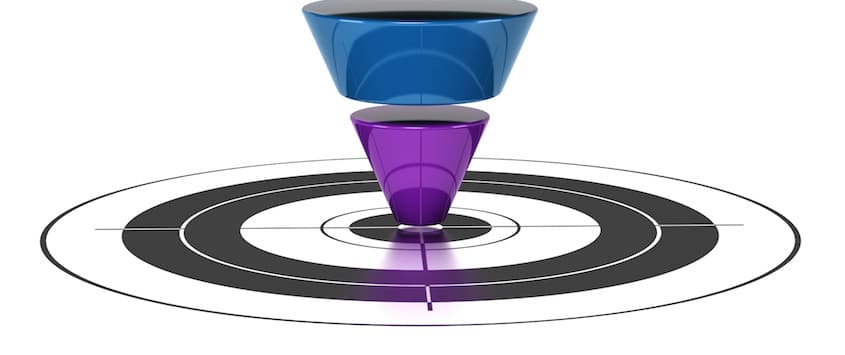

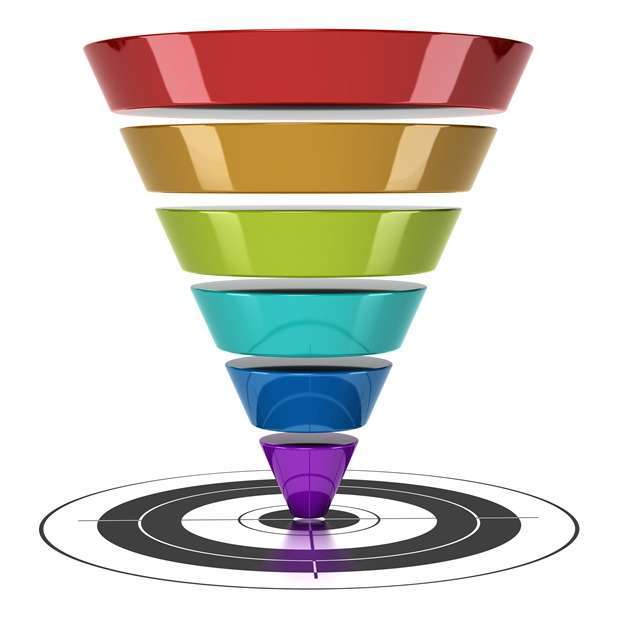

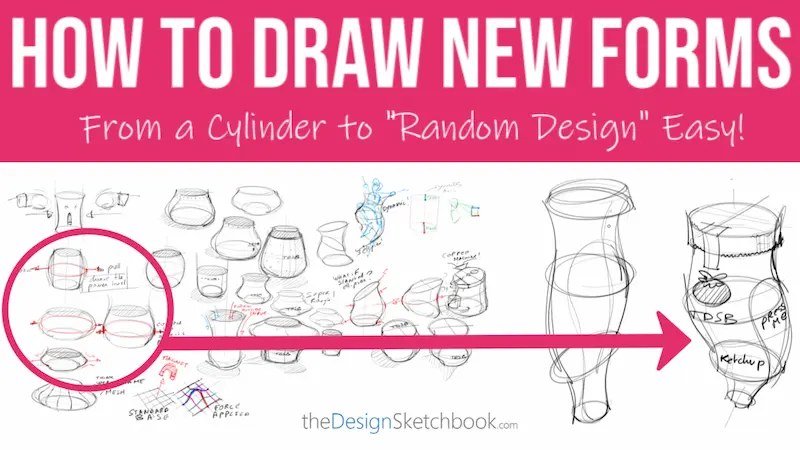
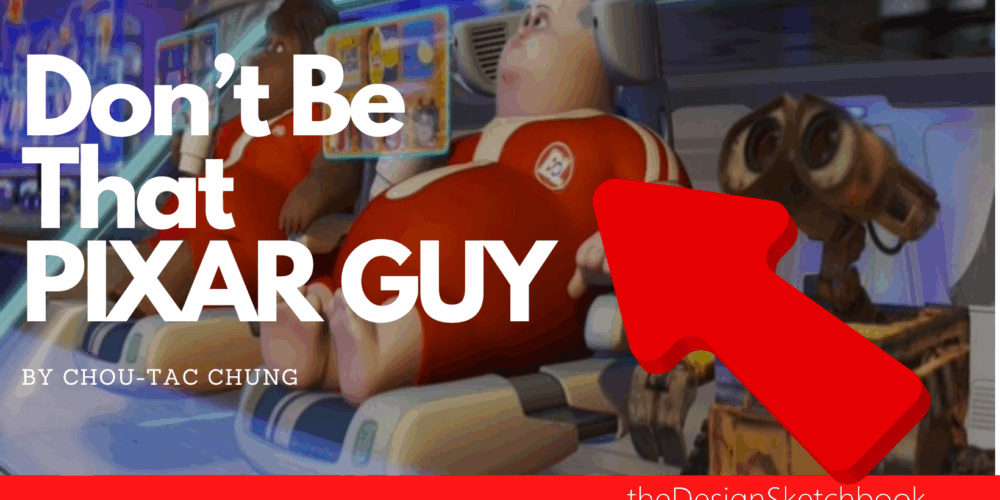
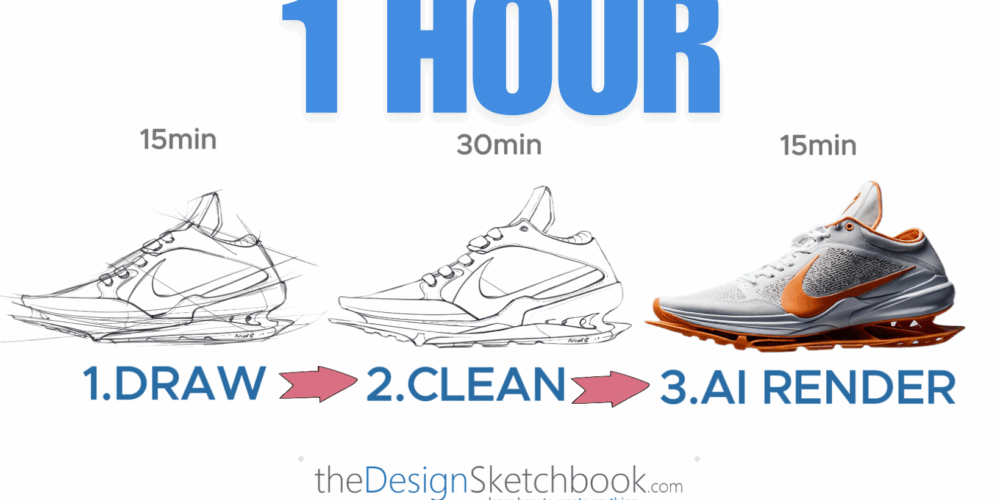
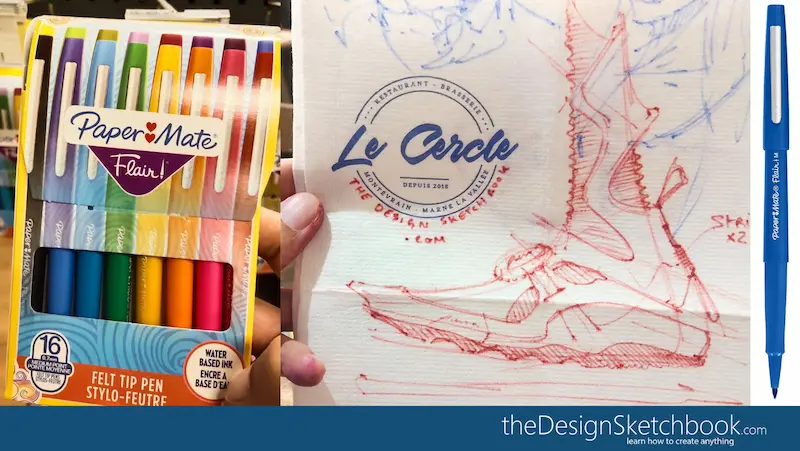
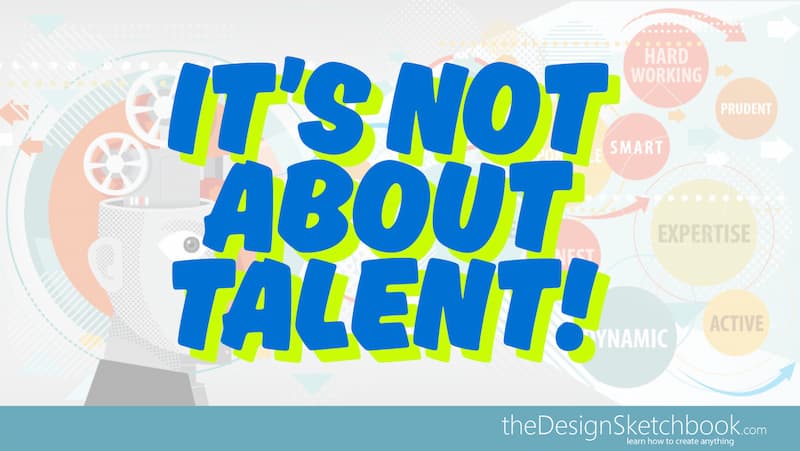
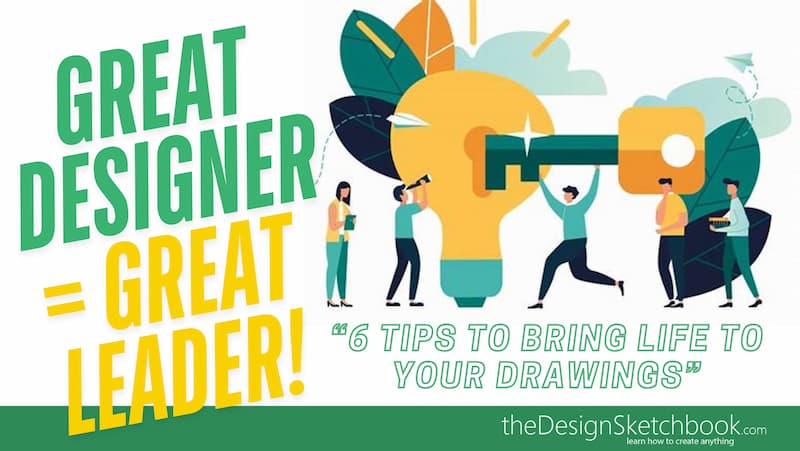
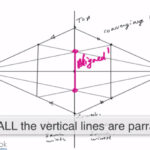
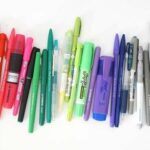
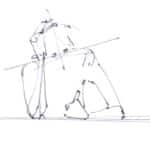
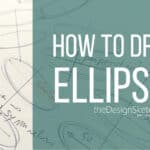
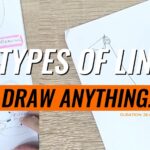
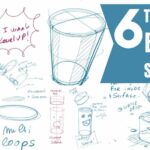

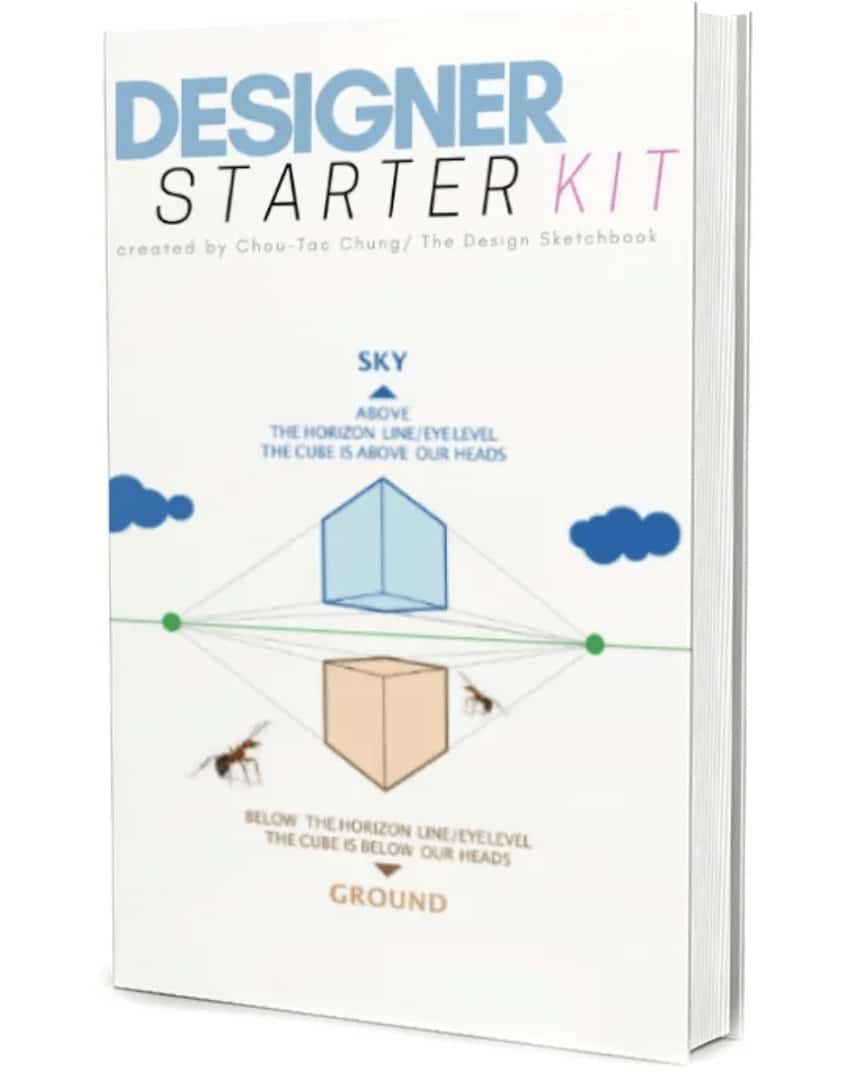
[…] client presentation. If your time is limited, learn how to make concessions, and look for ways to get things done good and fast instead of spending too much time on […]
[…] Yes, he reckoned my creative input. I appreciated it so much.But he taught me how to be organized in my workflow. […]
[…] is a powerful skill that can help you communicate your ideas,express your creativity, and improve your visual […]
“If an idea looks crazy, then great ! You look for provocation”. this made my day ,coz I have many crazy ideas . Thanks Chou Tac
This answers my question
Hey Joe,
That’s definitely great that you push the boundaries ! : D
Hi, I really enjoy your tips for the day. I’m an aspiring Footwear designer that is interested in starting my own line. I found this post really helpful, and I would really appreciate if you can do a tip on technical drawings. It’s one area that I don’t have much experience with and would like to learn more about.